The Germans have a reputation for being a serious, sensible and sober people — that is, however, until they step inside a Munich beer hall. Yes, we’re of course talking about Oktoberfest, that time of the year when the Germans can don their lederhosen, raise a stein of the good stuff and really let their hair down.
If you subscribe to the idea that cars reflect the national character of the people who built them, then German cars really do back that up. Think of a BMW M3, for instance, or a Volkswagen Golf GTI. They’re sensible, no-nonsense and practical one minute — very clever and well-engineered — until you decide to put your foot down, show them some corners and, all of a sudden, they reveal their outrageously fun side.
Germany has given the world some outstanding cars over the years, some of them innovative and technically dazzling, others just a hoot to drive and others a fantastic combination of both. Here are some of the best.
1. Benz Patent-Motorwagen
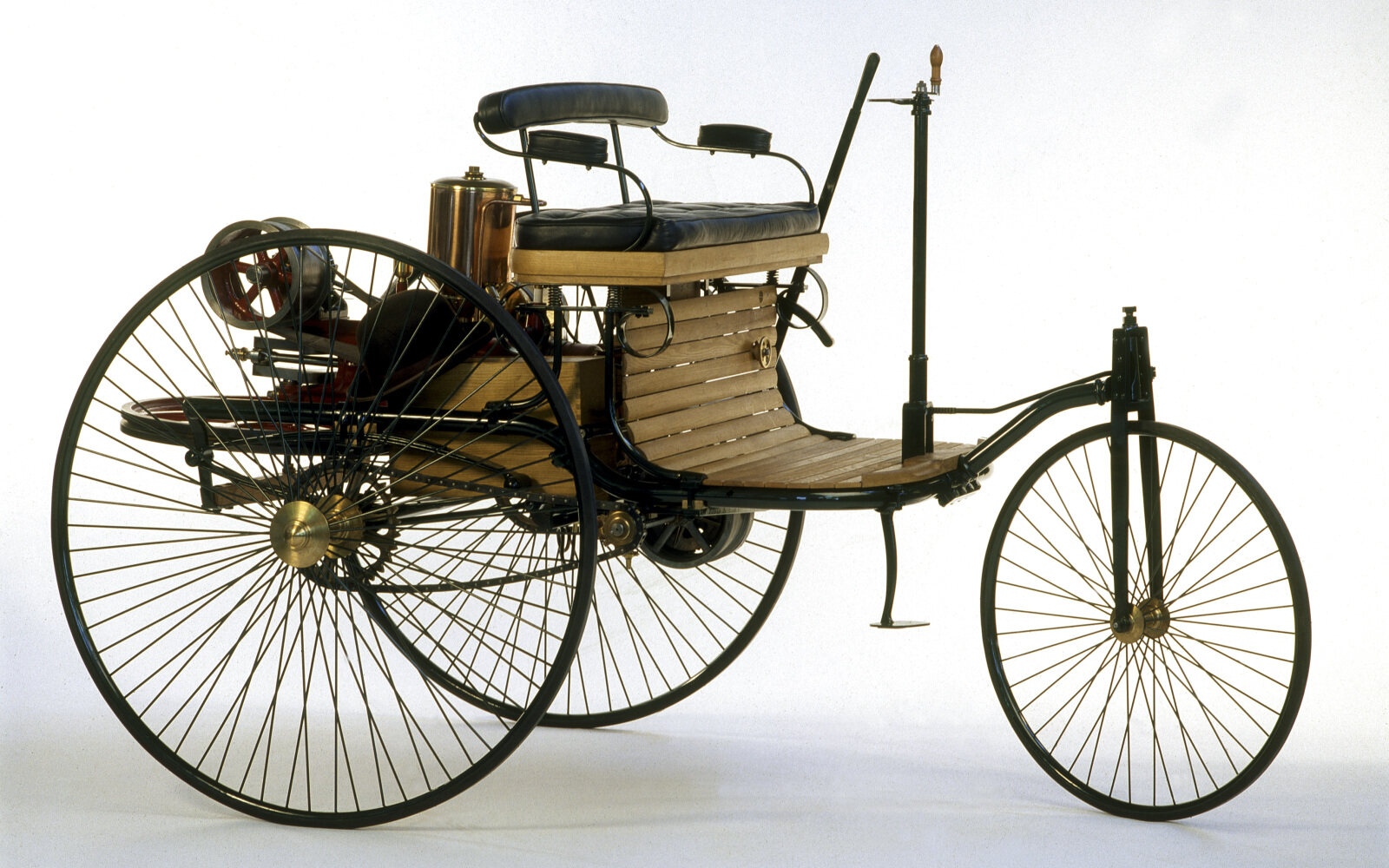
Contrary to popular belief, Karl Benz’s 1886 Patent Motor-Wagen was neither the first car nor the first petrol-powered car, but it was the first commercially-produced petrol-powered car to go on sale meaning that it’s still an incredibly important milestone in the history of the automobile. It looked like a tricycle and produced just 0.66hp, but cars as we know them today probably wouldn’t be the same without it.
2. Volkswagen Beetle
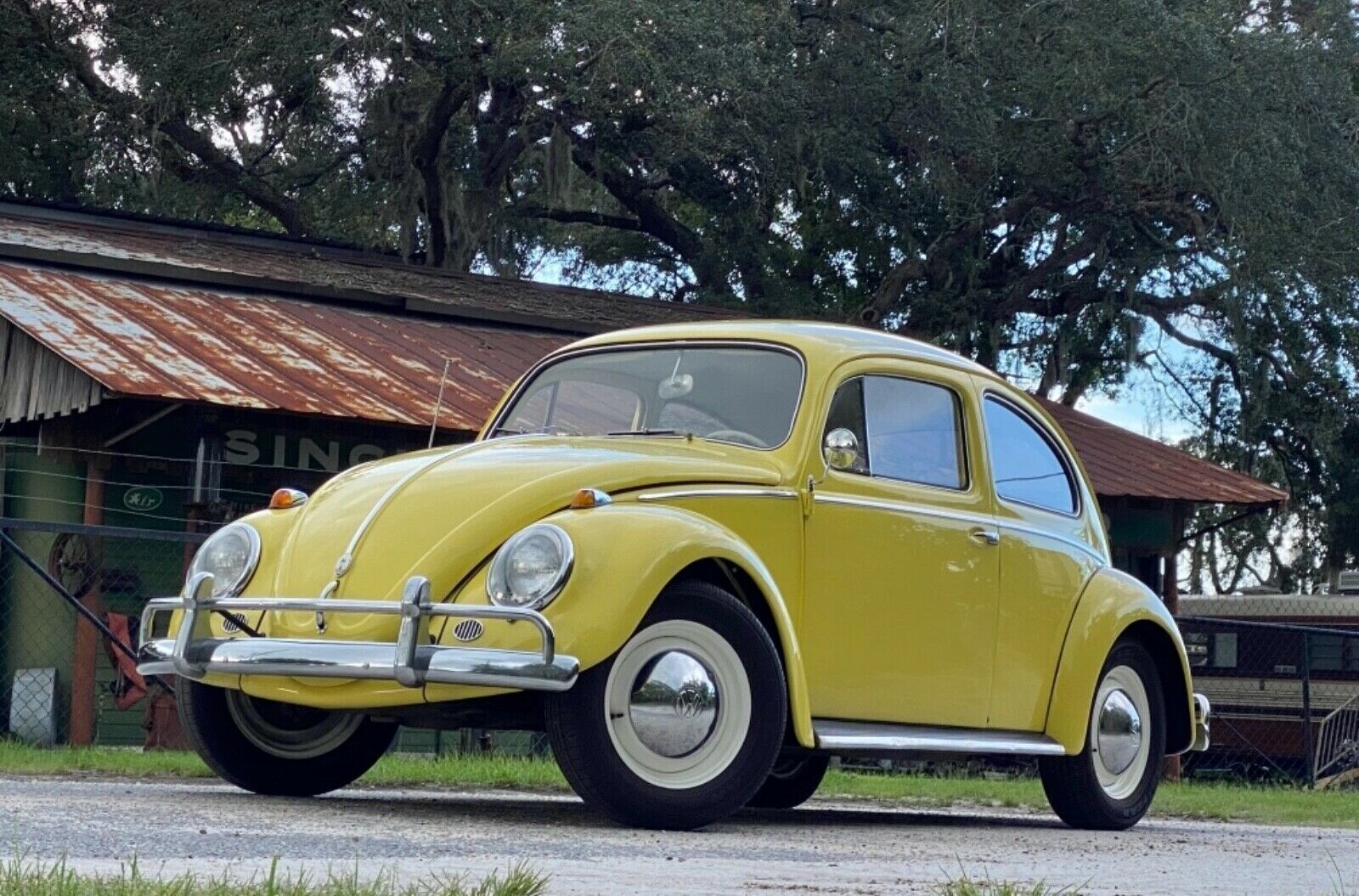
As impoverished 1920s Germany looked to the highly motorised United States, engineers began to turn their attention to developing a cheap, well-made car to mobilise the masses. Many brilliant designers worked on the problem, but it was the talented Ferdinand Porsche who corralled those ideas and used his reputation as a famous engineer to convince Hitler that he was the man to design the promised “people’s car” or “Volkswagen”. With its cute insect shape and economical air-cooled engine thrumming away at the rear, Porsche and his predecessors’ ideas must have been sound — the first Beetles started rolling out of the factory in 1938 and it remained in production until 2003.
3. Porsche 911
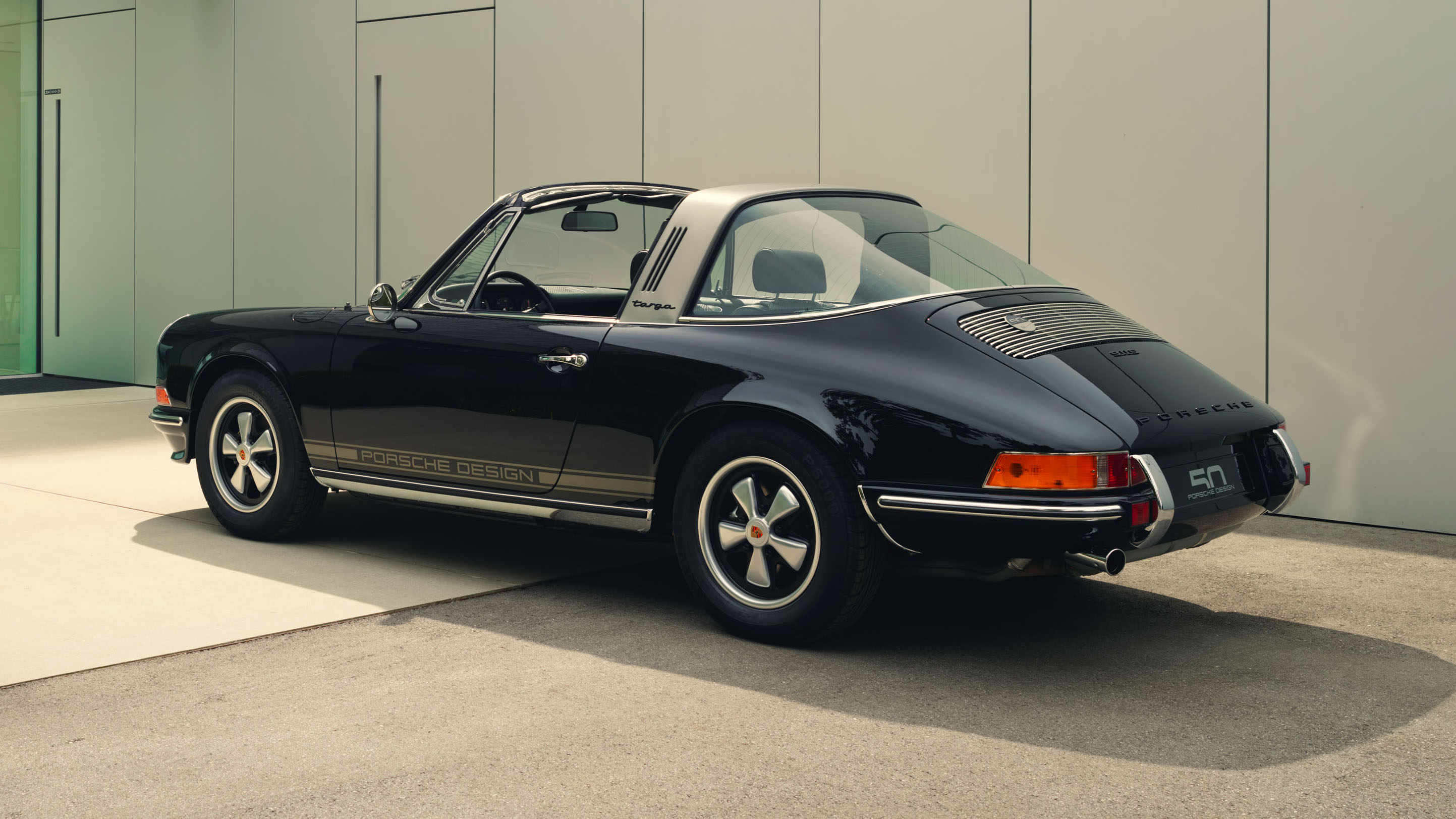
Early experiments using souped-up Beetle mechanicals and slippery streamlined bodies convinced Ferdinand Porsche and his son Ferry that a rear-engined design could be eminently suited to a sports car. The 1964 Porsche 911 was a replacement for the firm’s 356 and an evolution of those ideas that had been refined by the Porsche company throughout the 1950s. The 911 became one of the world’s great sports cars, at home on the road as on the track or rally stage. So enduring has its appeal been that when Porsche tried to replace it with the excellent 928 in the late seventies, the seemingly-antiquated 911 soldiered on, boosted over the years by turbo power, all-wheel drive and water-cooled engines, and it remains in production today, still rear-engined and still with the same fundamental shape.
4. NSU Ro 80
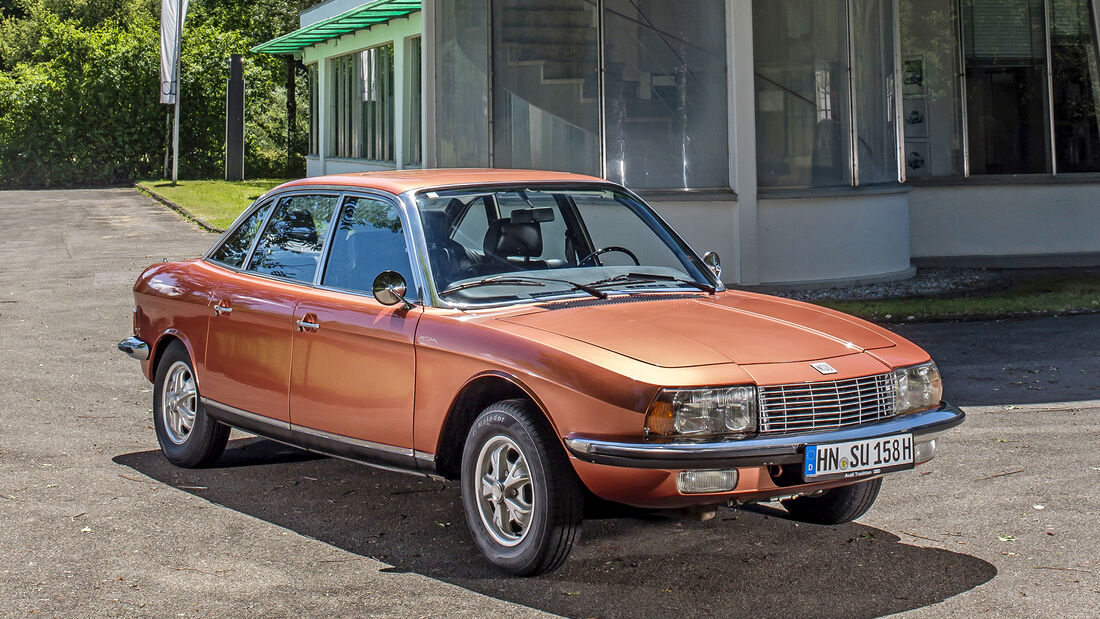
The NSU Ro 80 of the 1960s and 1970s was a car superb in its ideas and occasionally in its execution. One of the most advanced cars in the world in its day, not only was it incredibly aerodynamic, but it used four-wheel disc brakes and power-assisted steering, both of which were, at the time, usually only seen on expensive luxury or sports cars. The most exciting and best thing about the Ro 80 though was, sadly, one of the things that tarnished its reputation and spelled the end for the once-great car and motorcycle manufacturer NSU as an independent company. Under the Ro 80’s bonnet was a twin-rotor Wankel rotary engine that made the car quick and quiet but which proved so unreliable in its early years that repairs and replacement engines forced NSU into financial difficulties and a merger with Auto Union to become the modern-day Audi.
5. Audi Quattro

The Audi Quattro was far from the first all-wheel-drive road car, but it certainly made the most impact in demonstrating that four-wheel drive could be practically beneficial to traction and grip in a performance car. Good though the Quattro road car was, it became the first car to exploit an early-eighties rule change allowing four-wheel-drive cars to compete in the World Rally Championship and its huge competitive advantage changed the face of rallying forever.
6. Mercedes 600 “Grosser”
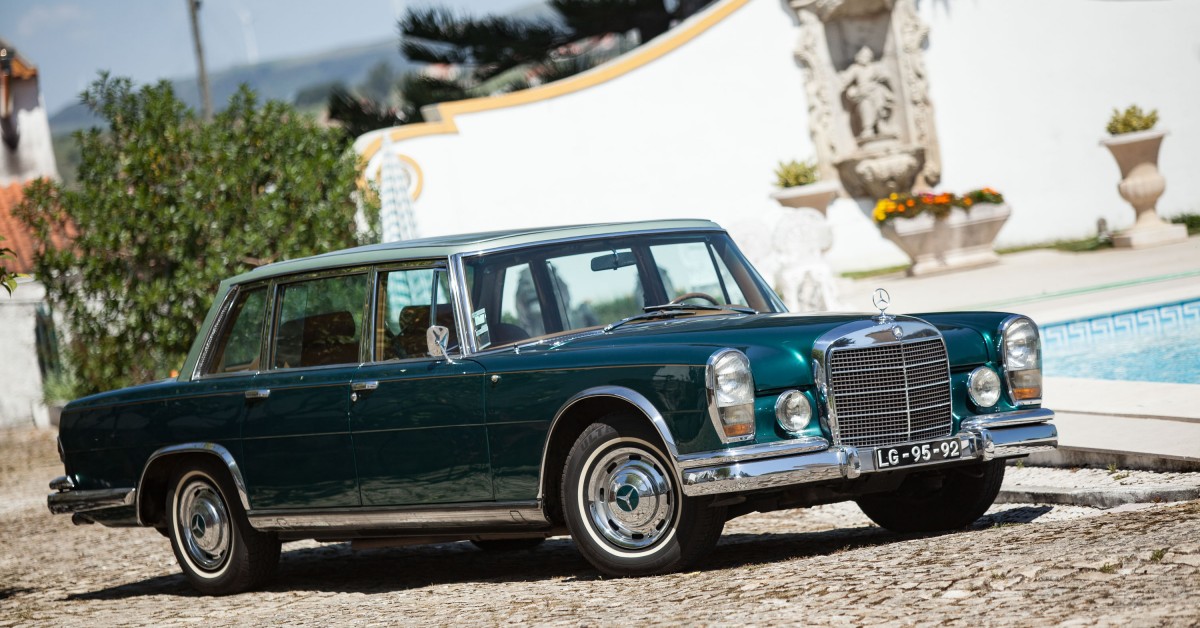
Launched in 1963 and unquestionably the most advanced car of its time, even now a lot of its features seem fancy. A 6.3-litre V8 engine was specially developed for the 600 to provide not just plenty of motive power but also to create enough pressure in the car’s enormously complex hydraulic system to work the air suspension, automatic windows, seats, sunroof, boot lid and self-closing doors. Mercedes’ big limo because a favourite over the years of celebrities and world leaders with everyone from David Bowie and Elvis to Idi Amin, Josef Broz Tito and the Pope having owned one.
7. BMW M535i (1979)
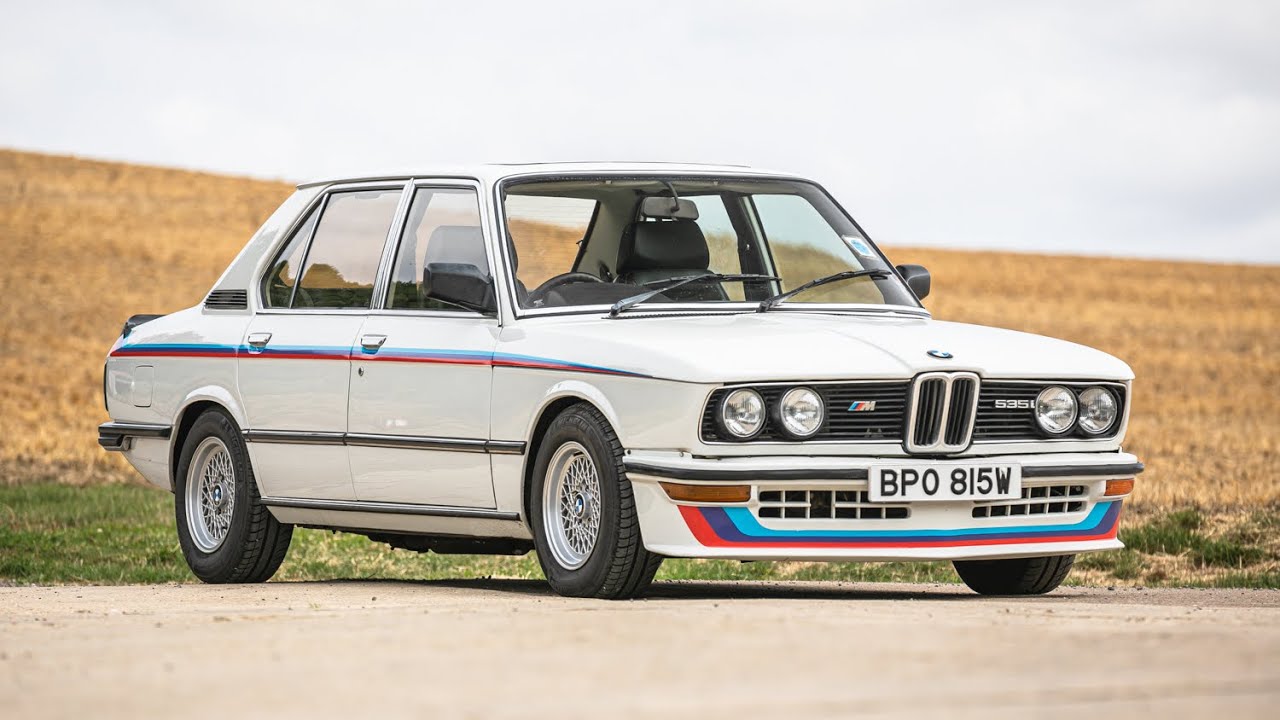
The 1979 BMW M535i is the first BMW M5 in all but name and marked the first time the firm’s Motorsport division had turned its attention to building a hot road-going version of one of the company’s saloons. With a powerful 3.5-litre straight-six engine, sportier styling cues, bigger brakes, a close-ratio gearbox and limited-slip differential, the M535i proved that BMW’s rear-wheel-drive saloons made an excellent base for something a lot more potent, making it the grandad of some of the greatest driver’s cars of all time such as the BMW E30 M3 and other M5s.
8. Volkswagen Golf GTI
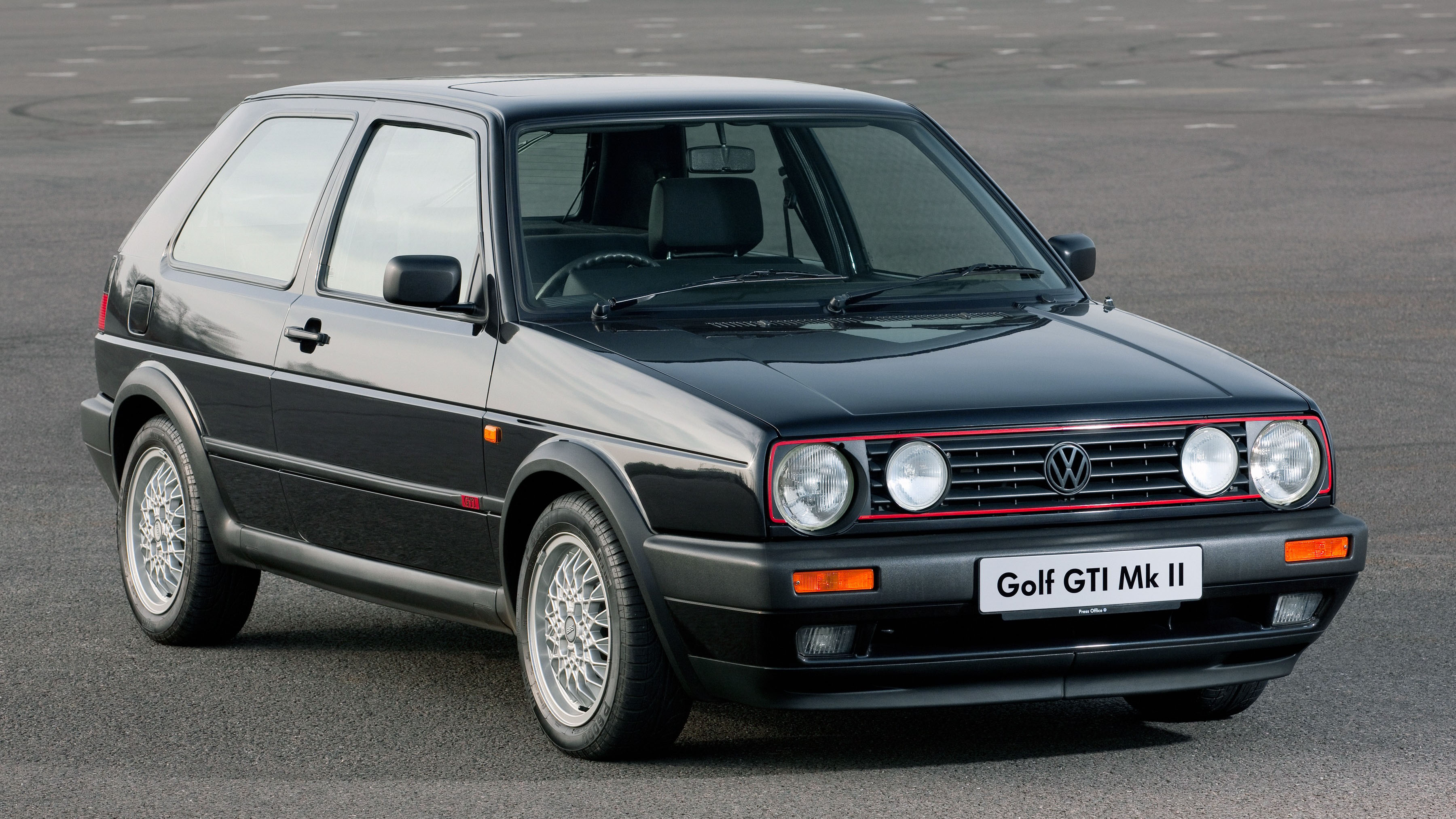
Like the M535i, the Golf GTI is, by turns, a sensible family car and a real hooligan in the bends. No, it wasn’t the first hot hatch, but it did go to show just how good they could be and how, if a driver wanted some performance potential, they didn’t have to sacrifice practicality and buy a cramped sports car. Every successive generation of GTI (well, mostly) has applied that same formula, but few have matched the simplicity and sheer seat-of-the-pants driver appeal of the Mk1 and Mk2.
9. Mercedes SSK
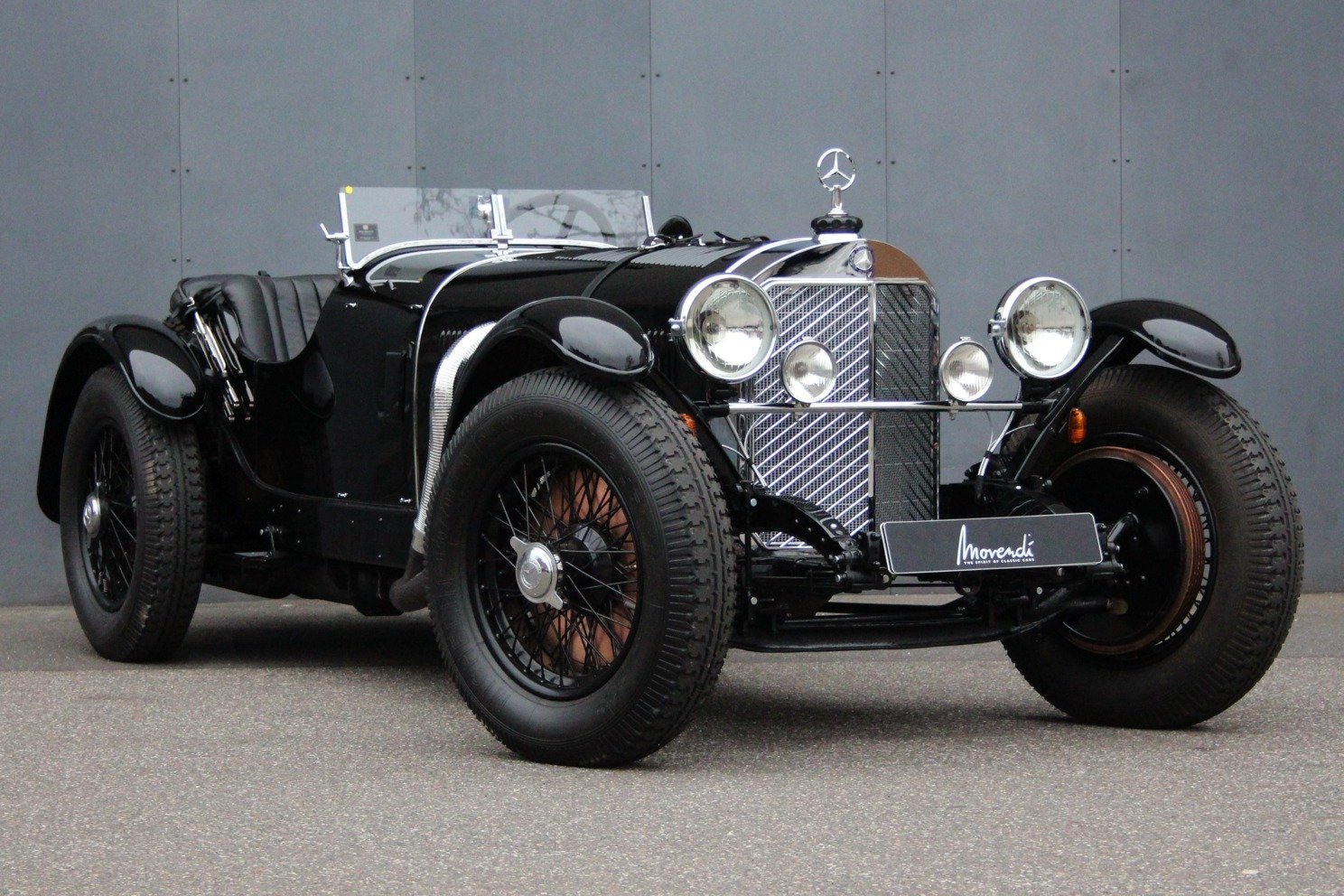
One of the cars that forged Ferdinand Porsche’s reputation as one of the best brains in the business was the 1928 Mercedes SSK, the fastest car in the world in its day and nigh-on unbeatable on the track. Fewer than 40 were built, but in the hands of great drivers such as Rudolf Caracciola it won some of the biggest races going such as the 1929 500 Miles of Argentina, the 1929 and 1930 Cordoba Grands Prix, the 1931 Argentine Grand Prix, the 1929 Ulster TT, the 1930 Irish Grand Prix, the 1931 German Grand Prix and the 1931 Mille Miglia.
10. BMW 507
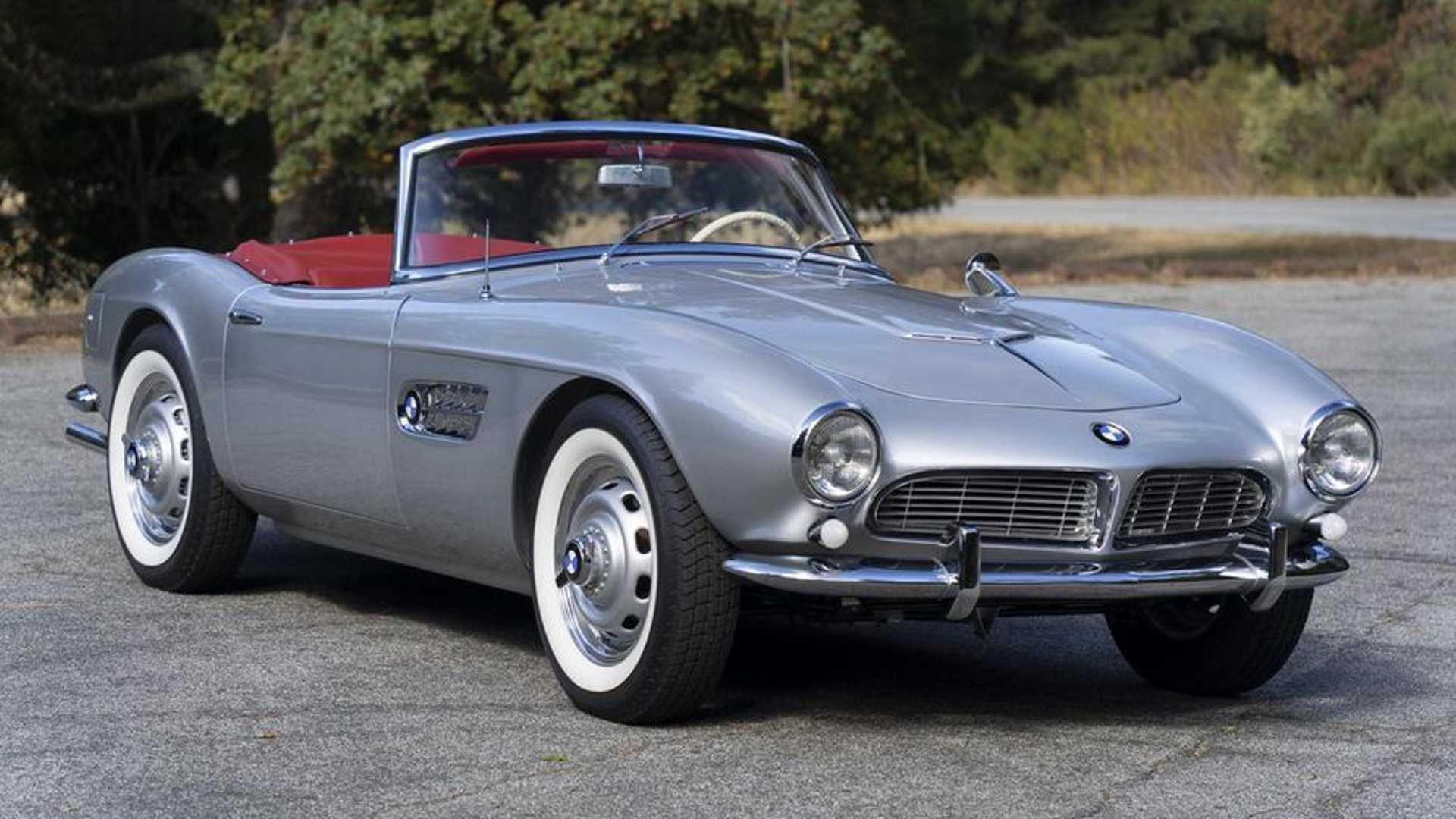
In some respects, BMW’s late-fifties 507 was a failure. The roadster had been intended as a money-spinner giving BMW an attractive offering in the US market with the intention of exporting thousands. High production costs, however, pushed the price higher and higher to the point where the 507 almost bankrupted BMW, and it wasn’t a sales success with only 252 built. Still, the 507, despite its market failure, remains one of the most beautiful cars ever made with crisp-yet-curvaceous styling by the German industrial designer Count Albrecht von Goertz. It may not have done much for BMW in its time, but over the years it has influenced some of its other great-looking cars such as the Z4 and Z8.